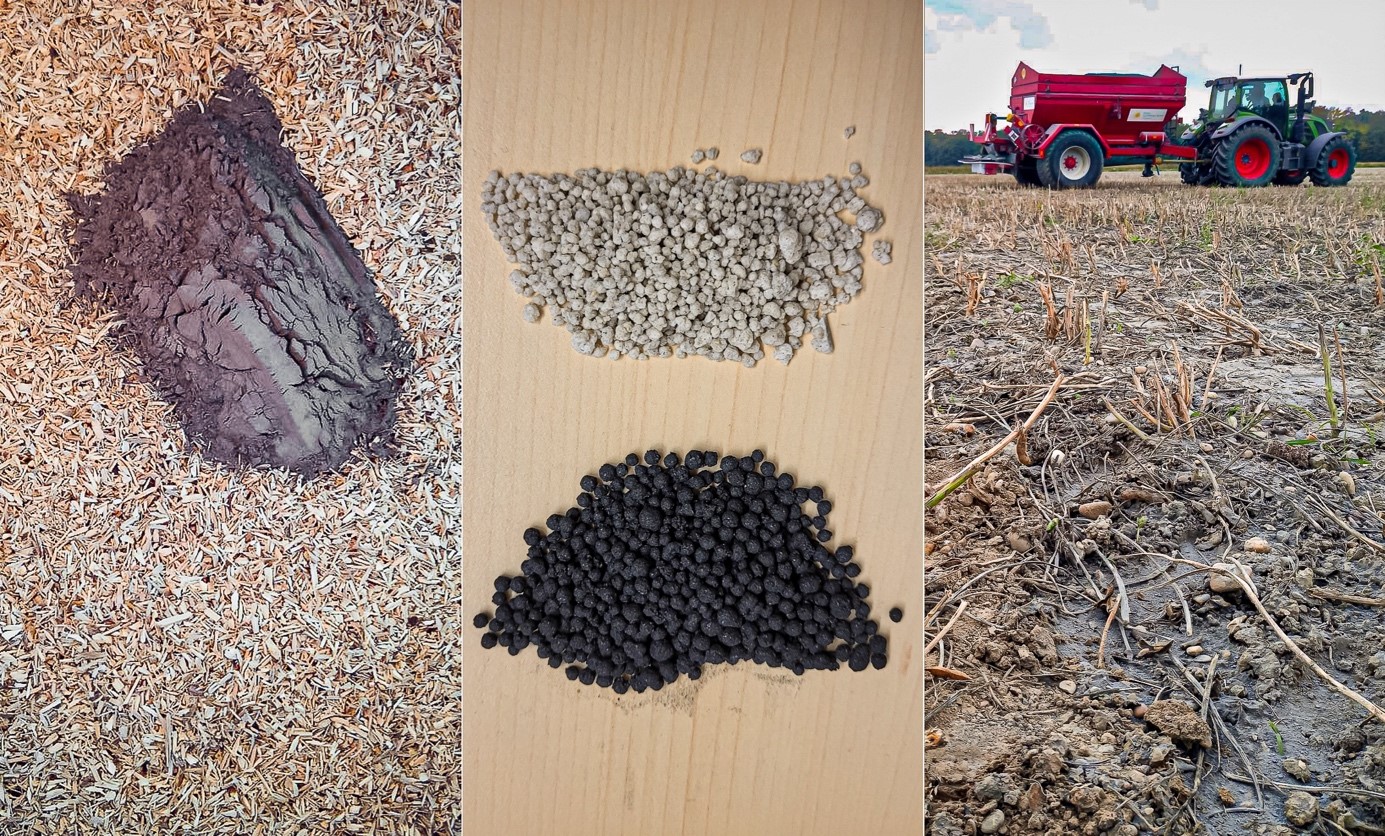Climate protection on crop fields

Spreading biochar and the accelerated weathering of rock dust on crop fields are effective methods for removing carbon dioxide from the atmosphere and storing it on a long-term basis, while at the same time improving soil quality. But what happens when you combine the two methods – that is, when you spread both on a crop field at the same time, or when you add the rock dust to the mix when producing the biochar? Researchers from the University of Hamburg, in collaboration with the Potsdam Institute for Climate Impact Research (PIK) and Hochschule Geisenheim University (HGU), investigated this question for the first time – in the lab, and later in the greenhouse. In subsequent field experiments, they worked closely together with farmers – who literally know their way around the field. The farmers’ hands-on experience with both methods has already been reflected in the research questions. In addition, the researchers are working with biochar and rock dust producers.
If their suspicions pan out – namely, that combining the two elements will produce even greater effects – it could be a win for everyone involved. It would be a step toward limiting global warming; farmers, especially those in tropical regions with heavily weathered soils, would benefit from more fertile soil; and the biochar and rock dust producers could penetrate new markets. For farmers, it could also be lucrative from another standpoint: if they attached a price tag to the newly created carbon sinks – that is, to soils treated with the combined method – it could be an additional source of income.
More information
Project partners
University of Hamburg’s Center for Earth System Research and Sustainability (CEN) and Faculty of Mathematics, Informatics and Natural Sciences (MIN)
Potsdam Institute for Climate Impact Research (PIK)
Hochschule Geisenheim University (HGU)
Project website
https://cdrterra.de/consortia/pymiccs
Related articles
News: Mit Gesteinmehl und Pflanzenkohle gegen die Erderwärmung
The Federal Ministry of Education and Research (BMBF) has provided 1.7 million euros of funding for the PyMICCS project. It is part of the BMBF funding initiative CDRterra, which brings together more than 100 researchers in ten collaborative projects. Their shared goal: to determine how, and to what extent, carbon capture and storage methods can help limit climate change.
